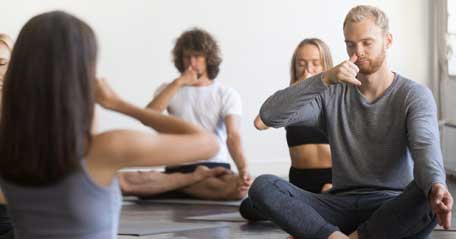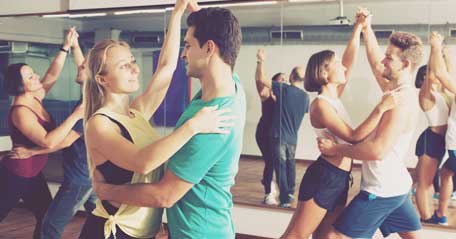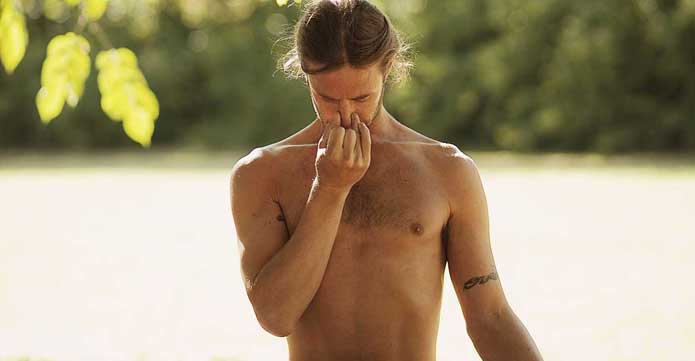Students in dance schools may practice breathing exercises as directed by the dance teacher in order to increase their flexibility in breathing rate and correct placement of the breath.
Lesson Plan on Breathing in Harmony With Dance Steps

The dance instructor may begin by explaining that correct breathing forms an important element of dance along with gravity, rhythm, centring and posture. Indeed the word “breath” implies meaning in itself. Dancing with breath implies freedom of movement, expression, fluency and control. “Without breath” sounds stilted and mechanical. The students’ correct use of breath whilst dancing is to use it in harmony with the dance steps, check more details here.
Proper Breathing Control Whilst Dancing
Difficulties may often stem from the following factors:
- Inability to alter one’s breath rate without discomfort during the dance routine
- Not breathing correctly into the chest
The first step to increasing one’s breath control is getting to know one’s natural breathing rate. The teacher may direct the students to take part in the following exercise:
Walk briskly and count the number of steps it takes to inhale, and count again to exhale. Ask one’s self are the two the same? Is one longer than the other? And finally the average number of steps it takes to inhale and to exhale.
The teacher may then direct the students to alter the tempo of their breath. For instance, if the ratio were four steps inhale, six steps exhale, to raise it six and eight, and then to decrease it to three and four. The students may at first find difficulty in concentrating upon moving and counting the breath at the same time, but such multi-tasking is featured in dance. Students who find this particularly difficult may practice counting the breath during aerobic exercise such as cycling and swimming. With practice, the students may find that altering the breath rate will become easier.
Deep Breathing Exercises for Beginners in Dance
Students must also learn to breathe more deeply by expanding the ribcage more than normal, concentrating on the ribs at the back. The following exercise will encourage maximum use of lung capacity.
- Stand upright and fold the arms across the back so that each palm holds the opposite elbow.
- Try to breathe into the back rather than the front. The arms should try to pull apart.
Another exercise is to:
- Lean forward, palms flat on a chair seat
- Breathe into the chest and allow the back to expand
By placing the hands across the ribcage and breathing deeply, the students should feel minimum movement in the front and lower part of the ribs and lots of movement in the upper chest and the back.
Dancing Lesson Plan on Breathing Exercises

Learning how to dance also entails proper breathing techniques. This means being able to alter the tempo of the breath with the dance without feeling discomfort. The dance instructor should encourage the students to practice various tempos of breath during movement in order to increase breathing control and concentration. Breathing into the upper chest and back uses maximum lung capacity, which will prove invaluable during a rigorous dance routine.
